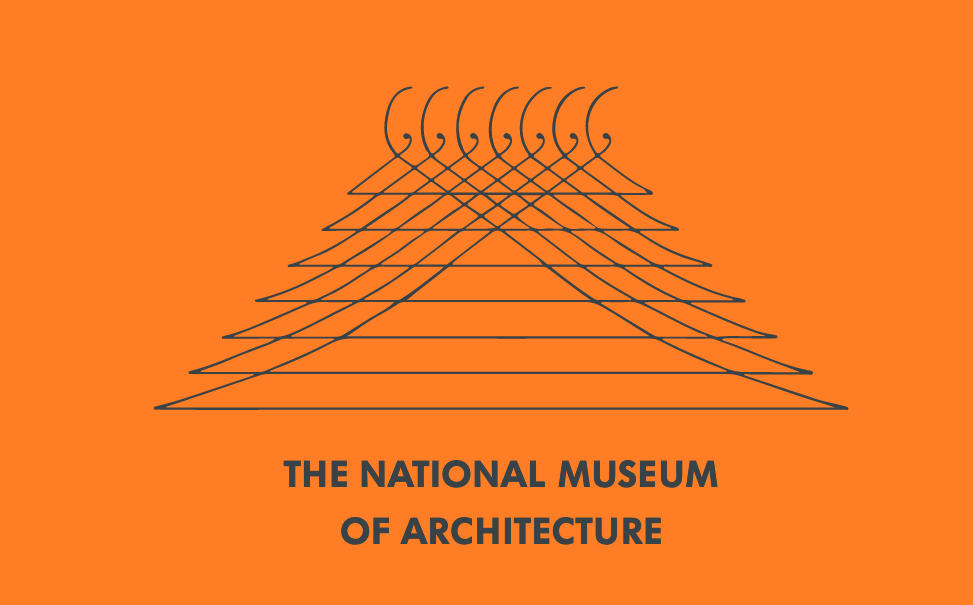Greha, a Delhi-based not-for-profit society of architects & allied professionals, organized an event at the Bikaner House, New Delhi titled ‘Imagining the National Museum of Architecture’. Conceptualized as a gathering to collectively imagine the future of Architectural Heritage in India, the event explored the various ways in which a ‘museum’ could be concretized – whether in its traditional sense as a receptacle of prominent architectural artefacts, or as a framework devised to commemorate the country’s built diversity, or a combination thereof.
Commenced with a screening of the film on the National Museum of Architecture, the assembly was addressed by thespian Feisal Alkazi who presented a reading of excerpts from historic literature on the importance of architecture to society. The stage was then opened to the audience to discuss the ways in which a museum celebrating the architectural heritage of the country could be organized and operated, moderated by Mr. Alkazi, Architects Verendra Wakhloo and Ambrish Arora, and Greha president M. N. Ashish Ganju.
[wp-embedder-pack width=”100%” height=”600px” download=”all” download-text=”Download the document” attachment_id=”28310″ /]
Advocating for the need of an active network of sites, Ar. Romi Khosla posited that ‘Architecture, unlike art or crafts, could only be experienced through images in a physical museum. It is not immediately apparent.’ The idea was supported by society president Ar. Ganju, who stated that the Museum must be ‘different from conventional museums, which are contained spaces. India has the unique distinction of having seven environmental conditions, which lends itself to a huge variety in traditional building styles. So our idea is to have the museum in different locations in the country.’
Sponsored by Artius Interior Products, the event was attended by several prominent members of the Architectural community including veteran practitioners such as Meena Mani (part of the vanguard of designers responsible for the India Habitat Centre) and Narendra Dengle, landscape architects Sujata Kohli and Savita Punde, urban designers, architectural photographers and media personnel.
The National Museum of Architecture initiative took root in 2015, with the release of a proposal report by Greha prepared in collaboration with various regulatory and professional bodies of national prominence, such as the Council of Architecture (CoA), Indian Institute of Architects (IIA), and the Indian National Trust for Art and Cultural Heritage (INTACH); with the organizational framework in place and the estimates presented on resources required, the initiative is now entering the second phase of its operations – that of recruiting and spearheading the efforts of fellow architects in creating a viable plan of action to bring the museum to fruition. The Bikaner House assembly is first of several events towards that end, with the 45th edition of a parallel initiative ‘Architecture & Society Talk Series’ being held on the 18th of April to encourage the inhabitants of New Delhi to become active participants in the process of the capital’s urban evolution.
About Greha: Greha is a society for research on environmental development, habitat design and architecture. It seeks to promote a process of discovering a more socially relevant architecture.








